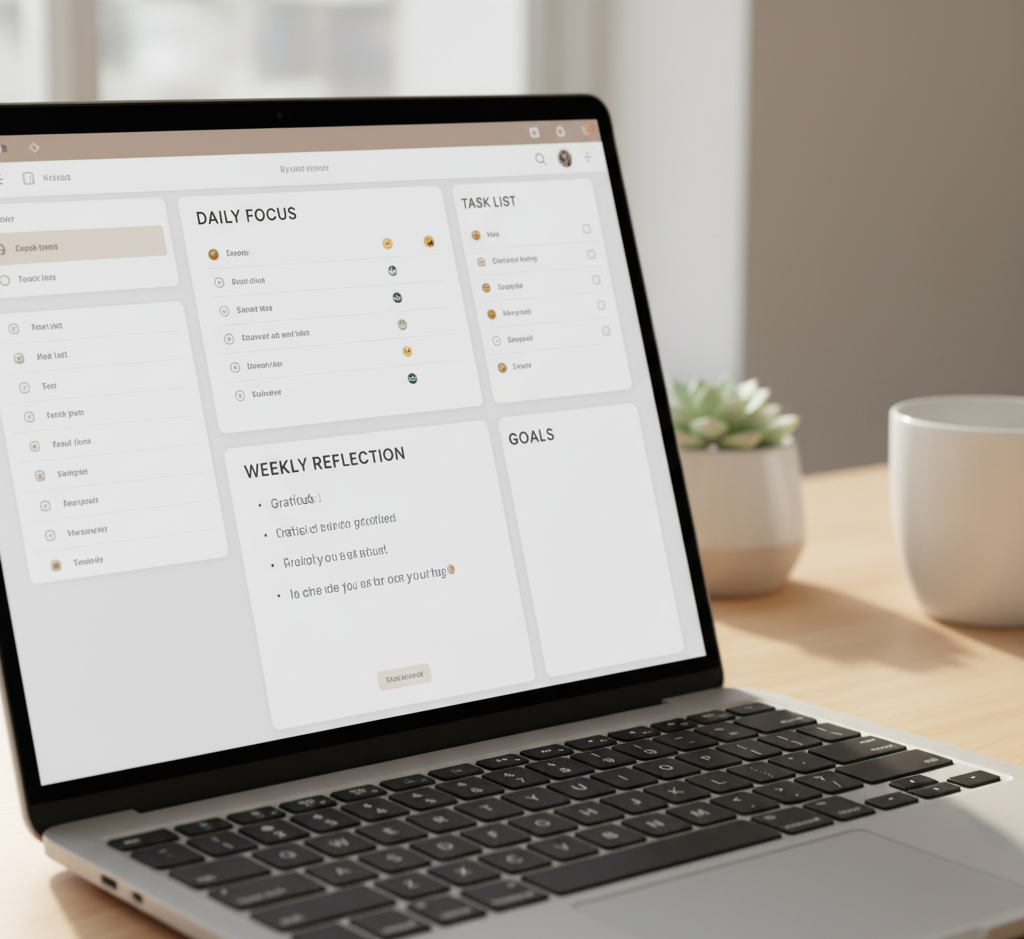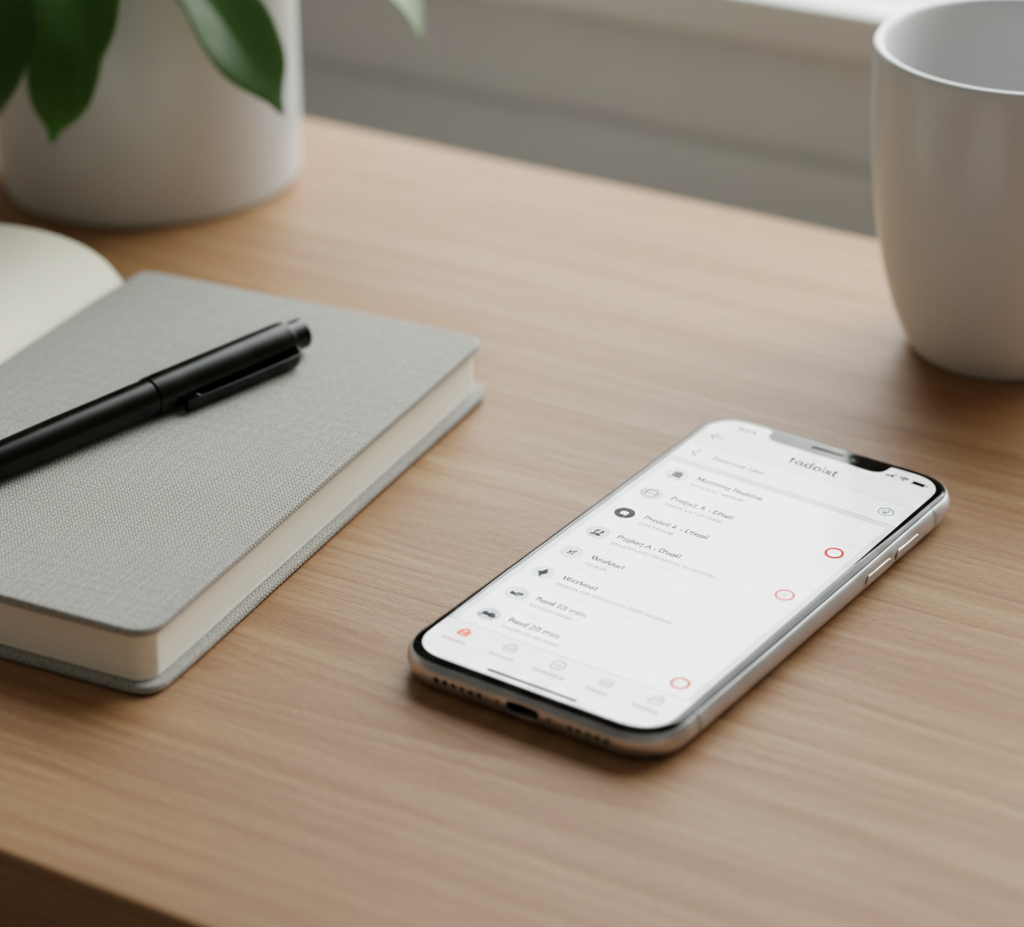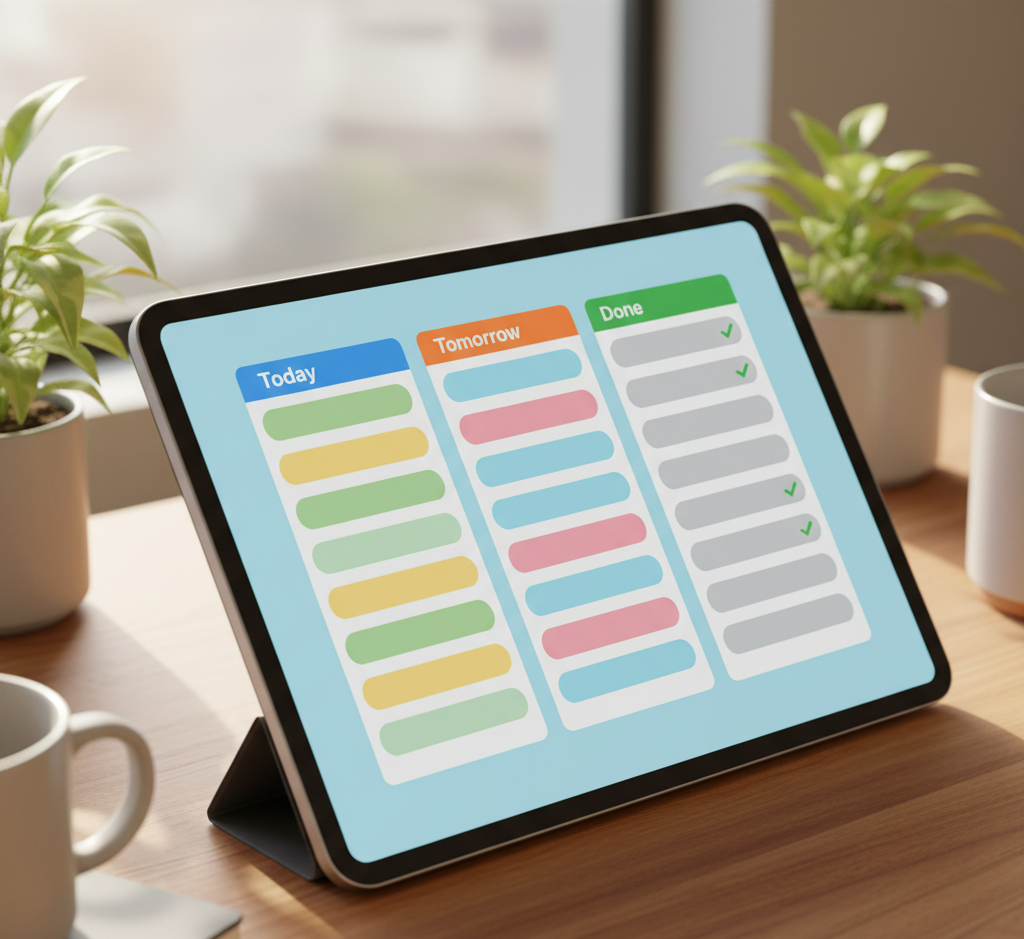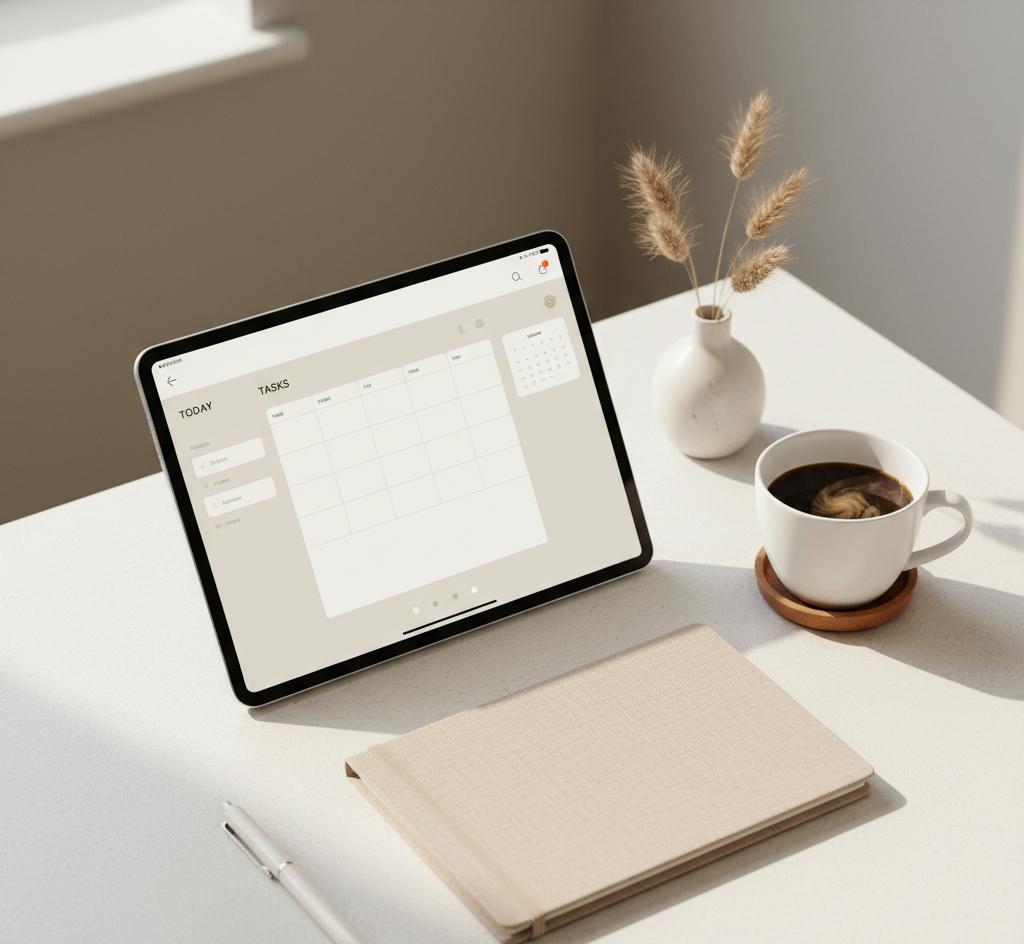Let’s be honest—finding the perfect daily planner feels like chasing balance itself. You try one app, then another, hoping this one will finally make your to-do list feel lighter, not louder. But instead, you end up managing the planner more than your actual life.
I’ve been there. After writing my previous post, Best Digital Planners (where I covered paid and premium options), I started wondering—are the free planners really that bad? Or can they hold their own for mindful productivity seekers who don’t want to spend a dime?
So, I tested four of the most popular free daily planners to see how they actually perform in day-to-day use. The goal? To help you skip the endless downloads and focus on what really works.
By the end of this post, you’ll know which free planner best fits your flow, and maybe—just maybe—you’ll stop switching apps every week.
1. Google Calendar — Structured, Reliable, But a Bit Cold

Google Calendar is the productivity world’s equivalent of a minimalist desk: clean, functional, and utterly predictable.
If you’re someone who loves structure and clear time blocks, it’s perfect. The integration with Gmail, Meet, and Tasks makes it a powerhouse for professionals.
What I liked:
- Instant syncing across devices
- Color-coded events for visual clarity
- Seamless integration with reminders and to-do lists
What could be better:
- It’s not designed for deep reflection or journaling
- The interface feels more “corporate” than “creative”
Best for: Overwhelmed achievers who want clarity over complexity.
Key takeaway: Google Calendar works best when you treat it as your daily backbone, not your whole system. Pair it with a reflective planner or journaling tool for balance.
2. Notion — Flexible, Aesthetic, and Endlessly Customizable

Ah, Notion. The darling of digital organization—and for good reason. With a bit of setup, it transforms into a customizable daily planner that fits your mind, not the other way around.
During my test, I used a free Notion template that combined tasks, reflections, and goals. It quickly became my favorite for mindful productivity.
Pros:
- You can blend tasks, journaling, and notes in one view
- Templates for almost every use case imaginable
- Works offline and syncs seamlessly
Cons:
- Initial setup takes time
- Can become overwhelming if you over-customize
Best for: Creatives and reflective thinkers who love systems that grow with them.
Key takeaway: Notion is a planner that evolves with you. But it demands you set boundaries—otherwise, it becomes another digital rabbit hole.
3. Todoist — Minimal, Motivating, and Surprisingly Mindful

Todoist is proof that simplicity can still feel intentional. Its task-based layout and “karma” feature (yes, you earn points for consistency) gamify productivity in a surprisingly healthy way.
I used Todoist for a week as my morning planning tool. It helped me focus on just 3–5 priorities per day, which felt grounding and realistic.
Pros:
- Clean, distraction-free design
- Great recurring task system
- Motivating progress streaks
Cons:
- Limited reflective or note-taking features
- Premium features locked behind paywall
Best for: People who crave focus and momentum without fluff.
Key takeaway: Todoist is perfect for tracking doing, not thinking. Pair it with journaling or mindfulness apps for balance.
4. Trello — Visual, Collaborative, and Surprisingly Soothing

At first glance, Trello looks like a project management tool (and it is), but it can also be a beautifully visual daily planner. I created a personal “Today / Tomorrow / Done” board, and the drag-and-drop simplicity was instantly calming.
Pros:
- Intuitive and visual layout
- Perfect for people who think in categories
- Integrates easily with Google Drive and Slack
Cons:
- Not ideal for long-term tracking
- Limited offline functionality
Best for: Visual planners who find peace in seeing progress unfold.
Key takeaway: Trello transforms tasks into a story you can see—making your workflow feel less like a list and more like a rhythm.
Final Thoughts: What Actually Worked

After two weeks of testing, I noticed something interesting. The best daily planner isn’t just about features—it’s about how it makes you feel while planning.
Here’s the honest breakdown:
- For structure, Google Calendar wins.
- For creativity and customization, Notion reigns supreme.
- For simplicity and focus, Todoist shines.
- For visual organization, Trello delivers.
If you’re still unsure, start with one free tool that matches your mindset. Use it for seven days—no switching. You’ll quickly sense what works (and what doesn’t).
And if you want a deeper look into premium planners worth the upgrade, check out my earlier post: Best Digital Planners. You’ll find tools that integrate reflection, design, and focus—without overwhelming your digital space.





